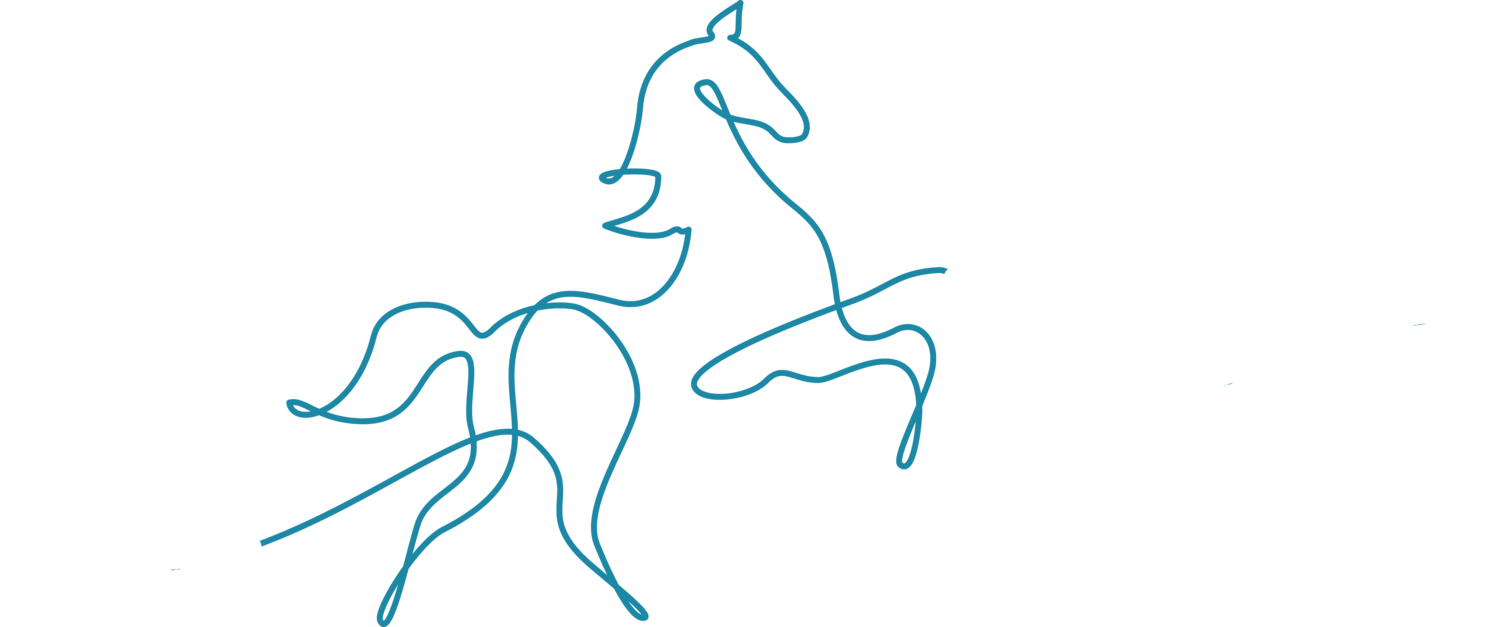Media layoffs, agency consolidation, and the threat to public discourse
by Nicole Bestard, Founder & Principal, and Lindsay Lee Wallace, Senior Staff Writer
The delicate ecosystem shared by PR and the press is unwell, and it portends something that should have us all concerned.
Here’s how it’s supposed to work: Publicists and journalists work together to disseminate information so that people can make choices. These choices range from what to buy to how to vote—from the entertaining to the essential—but they are all choices that are made with the information available. Our work, in its purest and simplest form, is to make people aware of their options across all areas of life.
Instead, the flow of information is being steadily choked at the source as fewer people and fewer institutions exist to gather it. What little information makes it out is flattened and made uniform by the survivors of an industry that has encouraged speed and efficiency over nuance and consideration. This homogenization of information leads to homogeneity of thought.
So far in 2024, there have been layoffs at the Los Angeles Times, the Wall Street Journal, Business Insider, TIME magazine, TechCrunch, National Geographic, and Sports Illustrated; walkouts at Forbes, the New York Daily News, and across Condé Nast; and the shuttering of both music journalism standard Pitchfork and flashy $50 million startup outlet The Messenger. I’m sure this list is not comprehensive. And it’s only the first week of February.
Meanwhile, the public relations industry is undergoing a merger between two of the biggest names in the business, BCW and Hill & Knowlton—both already under the umbrella of WPP. The resulting company, Burson, will be one of the largest PR agencies in the world. This is the continuation of a trend of consolidation across WPP’s operations, as well as in PR in general.
As the media and information ecosystem loses talent, departments, and entire enterprises (both journalism and PR), we lose diversity and creativity of thought that’s key to moving forward not just our industries, but the world in general. Faced with these bleak conditions, publications and publicity firms across the board are incentivized through fear and scarcity to make safe, conventional choices about whose stories they help tell, and how.
Every innovation once flew in the face of conventional wisdom. Each meaningful change to the status quo represents a risk. And each of these changes has been crucial in securing the hard-won gains we have seen for equality and equity across the U.S. and across the world—incremental, largely insufficient gains we are constantly in danger of losing. This is especially true when the people most impacted by layoffs are members of marginalized groups whose perspectives have historically been barred from mainstream discourse, like at the L.A. Times, where the recent layoffs disproportionately affected young journalists of color. Meanwhile, bad actors across both sectors, like those that architected climate change denial at the behest of big oil and manufactured consent for the Iraq war, are able to rise to the fore.
Mounting research demonstrates the ever-growing threat posed by misinformation and disinformation to democracy and safety, exacerbated by the misguided but apparently entrenched belief of many in power, that artificial intelligence can help close the gaps.
To put it plainly, every time PR and the press consolidate at the expense of real, varied human thought, this situation gets worse.
When we all get our information from the same sources, which are themselves beholden to the same corporate and political interests, we lack comprehensive understanding of vitally important issues on a local and global scale. Consider the information we’re not getting out of Gaza, Ukraine, and Sudan, where horrific conflicts rage and our voting and purchasing power can allegedly give us a degree of influence—if we are informed enough to know how to use it.
What’s driving the upheaval and consolidation? You may have heard that such measures are necessary in a floundering economy. Leaving aside the fact that you’ve likely heard this from those doing the consolidating, economists say the economy is in fact doing well.
The shrinking and gutting of media likely has more to do with how those in power value the media. Alden Global Capital, for instance, doesn’t seem to have a favorable opinion: The hedge fund is notorious for buying up a staggering number of local newspapers and bleeding them dry before stripping them for parts and leaving them to die.
Regular citizens (whatever that means), aren’t blameless. We also fuel this process with behaviors that indicate how much we value information and analysis, and how much we’re willing to pay for it. In PR, we sometimes find ourselves screenshotting, downloading, and otherwise circumventing paywalls to share coverage with clients who are unwilling to make the financial investment of a subscription in the same publications whose coverage they covet. Many mourn the loss of original reporting. Few are willing to pay for it.
In 2024, we plan to be more direct with explaining to our collaborators, partners, and clients the importance of having subscriptions to the outlets they read every day. In our outreach to reporters, we’ll remember that their job responsibilities are likely shifting and expanding, with no extra pay. Many journalists, such as those at the Forbes and Condé Nast walkouts, are demanding fair pay and treatment. As a PR agency and therefore part of the shared ecosystem of media, we support them. We also realize that this may mean disruptions in our ability to pitch certain publications at certain times. In the long run, we believe this strategy helps us maintain the kinds of positive, reciprocally trusting relationships with reporters that we need to do our jobs and serve our clients.
When we’re lacking a robust, diverse, and at times combative press and publicity landscape, we all know less. When we know less, we aspire to less. If we want a healthy, functional economy of ideas and information, we must reverse these trends.
